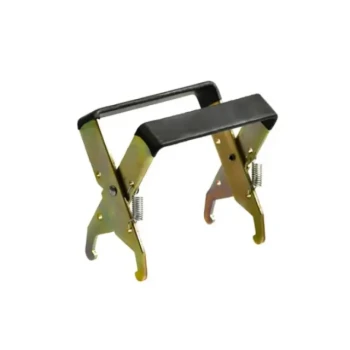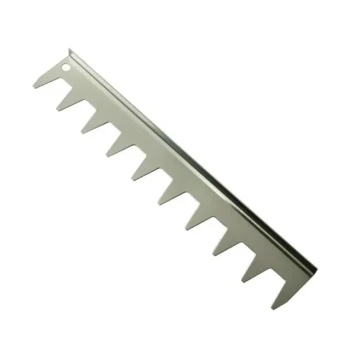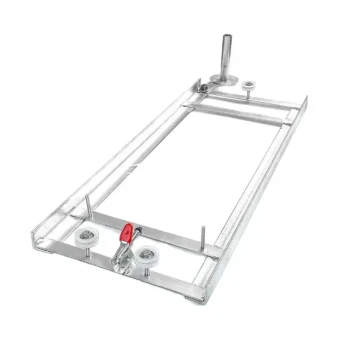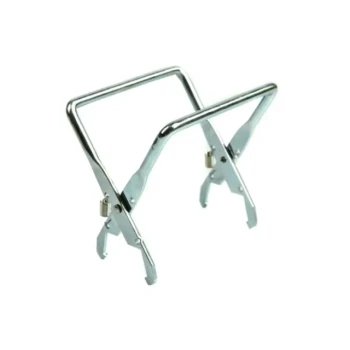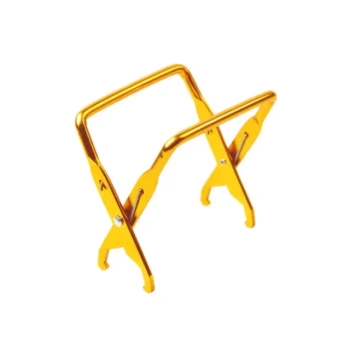At its core, mastering beehive frames and foundations is about establishing control and order within the hive. This mastery directly translates into a healthier, more productive colony and simplifies every aspect of your work as a beekeeper, from inspections to harvesting, while reducing unnecessary costs and labor.
A beehive frame and foundation are not just pieces of equipment; they are the architectural blueprint for the entire colony. Getting this blueprint right is the fundamental difference between a chaotic, unmanageable hive and a thriving, efficient one.
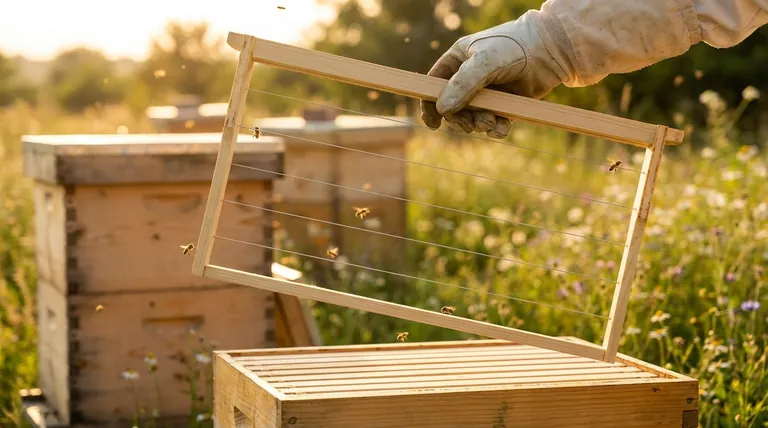
The Frame as the Hive's Skeleton
Understanding the frame's role is the first step. It is far more than a simple container; it is the scaffolding that supports the colony's entire life and work.
Providing Essential Structure
A frame provides the rigid boundary within which bees build their wax comb. Without this defined space, comb construction would be haphazard, making the hive nearly impossible to manage.
Each hive box typically holds eight to ten frames, creating a modular system that organizes the colony's functions.
Defining Critical "Bee Space"
Properly spaced frames maintain what is known as bee space—the precise gap (roughly 3/8 inch) that bees naturally leave between their combs.
This spacing discourages bees from building wasteful brace comb between frames, which effectively glues the hive together and complicates inspections.
How Foundation Dictates Colony Development
If the frame is the skeleton, the foundation is the central nervous system, guiding how the colony grows and operates. It is the single most important element for ensuring a manageable hive.
Guiding Uniform Comb Construction
Foundation is a thin sheet, typically of wax or plastic, imprinted with a honeycomb pattern. It serves as a guide, encouraging bees to build straight, even comb within the confines of the frame.
This predictable construction is the key to modern, non-destructive beekeeping.
Facilitating Clean, Safe Inspections
When combs are built straight, a beekeeper can easily lift a single frame out for inspection without tearing or damaging the adjacent combs.
This minimizes disruption, reduces bee stress and defensiveness, and prevents the destruction of valuable brood and food stores during routine checks.
Maximizing Space for Brood and Honey
A perfectly drawn-out comb maximizes the usable surface area. This allows the queen to lay eggs in an efficient pattern and gives worker bees the maximum possible space to store honey and pollen.
Understanding the Trade-offs and Common Mistakes
A failure to understand and manage frames and foundations is the source of many problems that plague new beekeepers. Recognizing the risks is as important as knowing the benefits.
The Inevitable Risk of "Cross Comb"
Without foundation, or with improperly installed foundation, bees will build comb wherever they see fit. This often results in cross comb, where a single piece of wax is attached to multiple frames.
Frames locked together by cross comb cannot be removed without a knife, destroying the comb, killing brood, spilling honey, and creating chaos within the colony.
The Cost of Neglect
Old, dark comb can harbor pathogens and reduce a colony's vitality. Frames are consumable items that must be managed and rotated out over time.
Ignoring this leads to decreased productivity and potential disease outbreaks. The cost of new frames is minor compared to the cost of a lost or weakened colony.
Making the Right Choice for Your Goal
Your choice of frame and foundation should be guided by your specific beekeeping philosophy and goals. There is no single "best" option, only the best option for your objective.
- If your primary focus is simplicity and long-term durability: Plastic frames with a built-in plastic foundation are robust, reusable, and less prone to damage during extraction.
- If your primary focus is promoting natural behavior and rapid acceptance: Wooden frames with pure beeswax foundation are often drawn out more quickly by the bees, though they are more fragile.
- If your primary focus is hive health and productivity: The key is not the material, but the active management of rotating out old frames (every 3-5 years) to ensure the colony always has fresh, clean comb.
Ultimately, mastering your frames and foundation gives you the power to work with your bees, not against them.
Summary Table:
| Key Benefit | Impact on Your Apiary |
|---|---|
| Provides Essential Structure | Creates a modular, organized hive for easy inspections and management. |
| Guides Uniform Comb Construction | Prevents cross comb, saving time and reducing stress on the colony. |
| Facilitates Safe Inspections | Allows for non-destructive frame removal, protecting brood and honey stores. |
| Maximizes Brood & Honey Space | Increases colony productivity and efficiency by optimizing usable comb area. |
Ready to master your hive's foundation?
HONESTBEE supplies the highest-quality beehive frames and foundations to commercial apiaries and beekeeping equipment distributors. Our wholesale-focused operations ensure you get the durable, reliable equipment you need to build a thriving, manageable, and profitable operation.
Contact our experts today to discuss your specific needs and optimize your hive management.
Visual Guide

Related Products
- HONESTBEE Wired and Assembled Wooden Bee Frames Foundation for a Thriving Hive
- Durable Rubberized Comfort Handle Frame Grip
- Multi-Function Frame Grip with Integrated Hive Tool
- Food Grade Plastic bee Foundation for Bee Frames
- Stainless Steel 9 Frame Hive Spacer Durable Precise for Commercial Beekeeping
People Also Ask
- When should I throw away my bee frame? A Guide to Hive Health & Frame Rotation
- Can I reuse old frames? A practical guide to saving money and reducing waste
- How many frames fit in a 10 frame hive? A Guide to Maximizing Your Hive's Potential
- What are bee frames, and how do they relate to box sizes? A Guide to the Langstroth Hive System
- Can old bee frames be reused? Weighing the Risks vs. Rewards for Your Hive

